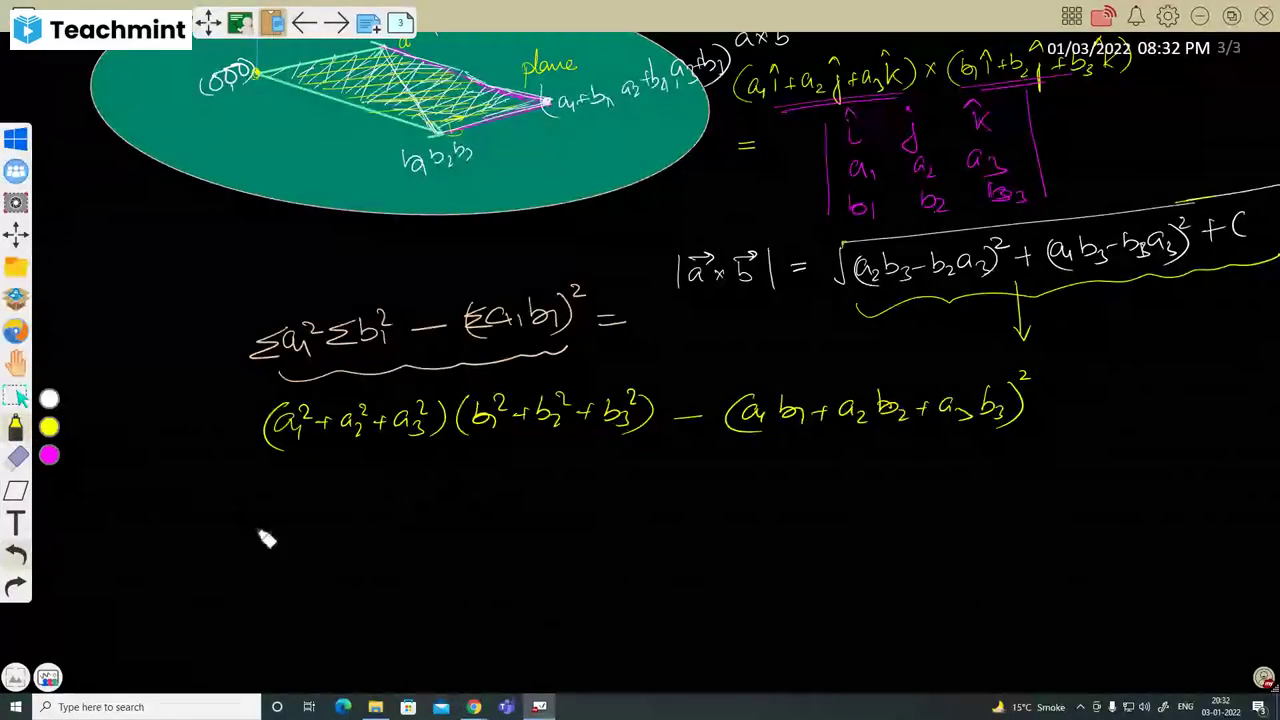Question 1 :
For a real number $x$, let $[x]$ denote the greatest integer less than or equal to $x$. Let $f: R \to R$ be defined as $f(x) = 2x + [x] + \sin x. \cos x$ then $f$ is
Question 2 :
If <em>X</em> = {4<sup><em>n</em></sup> − 3<em>n</em> − 1 : <em>n</em> ∈ <em>N</em>} and <em>Y</em> = {9(<em>n</em>−1):<em>n</em>∈<em>N</em>}, then <em>X</em> ∪ <em>Y</em> is equal to
Question 3 :
If <em>A</em> = {1, 2, 3}, <em>B</em>{3, 4}, <em>C</em>{4, 5, 6}. Then, <em>A</em> ∪ (<em>B</em> ∩ <em>C</em>) is
Question 4 :
The period of $\sin \dfrac{\pi}{4}[x]+\cos \dfrac{\pi x}{2}+\cot \dfrac{\pi}{3}[x]$, where $[x]$ denotes the integral part of $x$ is -
Question 5 :
If $\displaystyle 2f\left( x \right)+3f\left( \frac { 1 }{ x } \right) ={ x }^{ 2 }-1$, then $f\left( x \right) $ is
Question 6 :
The period of the function <em>f</em>(<em>x</em>) = [6<em>x</em>+7] + cos πx − 6<em>x</em>, where [.] denotes the greatest integer function, is
Question 7 :
Function <em>f</em> : (−∞, −1) → (0, <em>e</em><sup>5</sup>] defined by <em>f</em>(<em>x</em>) = <em>e</em><sup><em>x</em><sup>3</sup> − 3<em>x</em> + 2</sup> is
Question 8 :
Let <em>h</em>(<em>x</em>) = |kx+5|, the domain of <em>f</em>(<em>x</em>) is [ − 5, 7], the domain of <em>f</em>(<em>h</em>(<em>x</em>)) is [ − 6, 1] and the range of <em>h</em>(<em>x</em>) is the same as the domain of <em>f</em>(<em>x</em>), then the value of <em>k</em> is
Question 9 :
<strong>Statement 1:</strong> <em>f</em>(<em>x</em>) = log<sub><em>e</em></sub><em>x</em> cannot be expressed as a sum of odd and even function <strong><br>Statement 2:</strong> <em>f</em>(<em>x</em>) = log<sub><em>e</em></sub><em>x</em> is neither odd nor even function.
Question 10 :
<strong>Statement 1:</strong> If <em>f</em>(<em>x</em>) = cos <em>x</em> and <em>g</em>(<em>x</em>) = <em>x</em><sup>2</sup>, then <em>f</em>(<em>g</em>(<em>x</em>)) is an even function. <strong><br>Statement 2:</strong> If <em>f</em>(<em>g</em>(<em>x</em>)) is an even function, then both <em>f</em>(<em>x</em>) and <em>g</em>(<em>x</em>) must be even function.
Question 11 :
Let $\displaystyle F(x)= \left [ \frac{g(x)-g(-x)}{f(x)+f(-x)} \right ]^{m}$ such that $\displaystyle m= 2n,n\in N$ and $\displaystyle f(-x)\neq -f(x)$ then, $F(x)$ is<br>
Question 12 :
Let $f(x)=([a]^{2}-5[a]+4)x^{3}-(6\left\{ a \right\} ^{ 2 }-5\left\{ a \right\} +1)x-(\tan x)\text{sgn}\, x$, be an even function for all $x\in R$, then sum of all possible values of $a$ is: <br/>(here $[{\ }]$ and $\{{\ }\}$ denote greatest integer function and fractional part function respectively)<br/>


























































